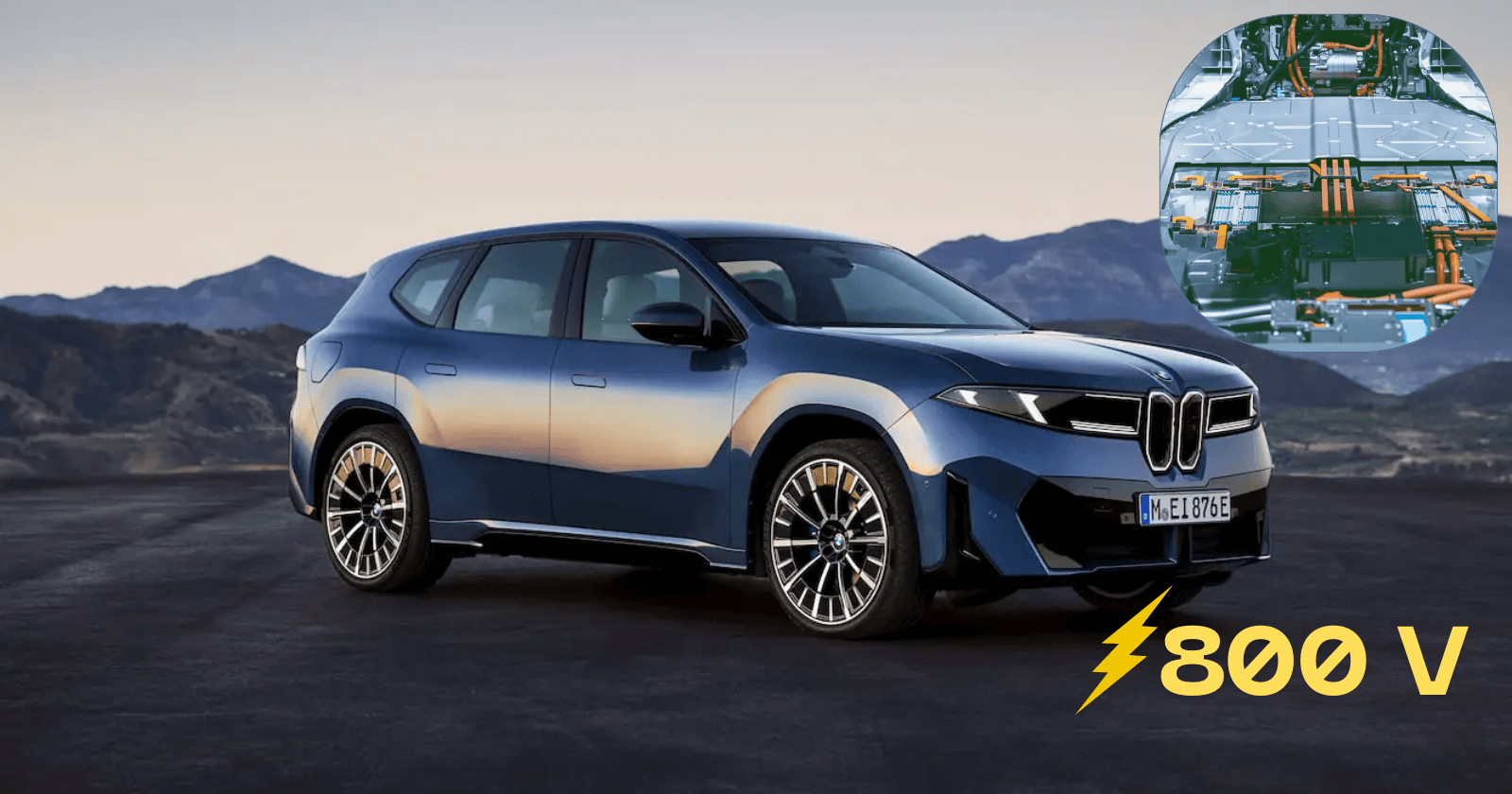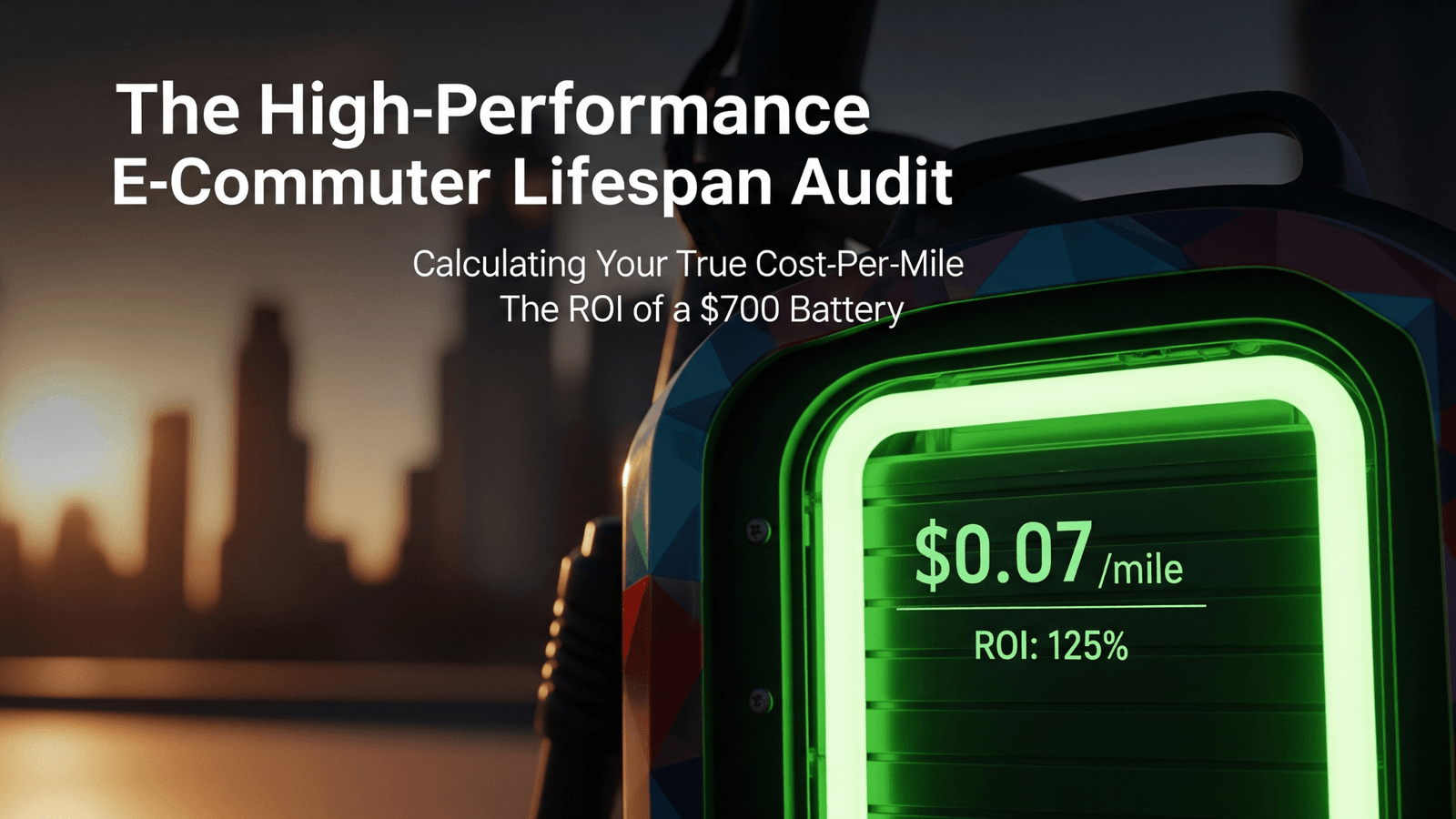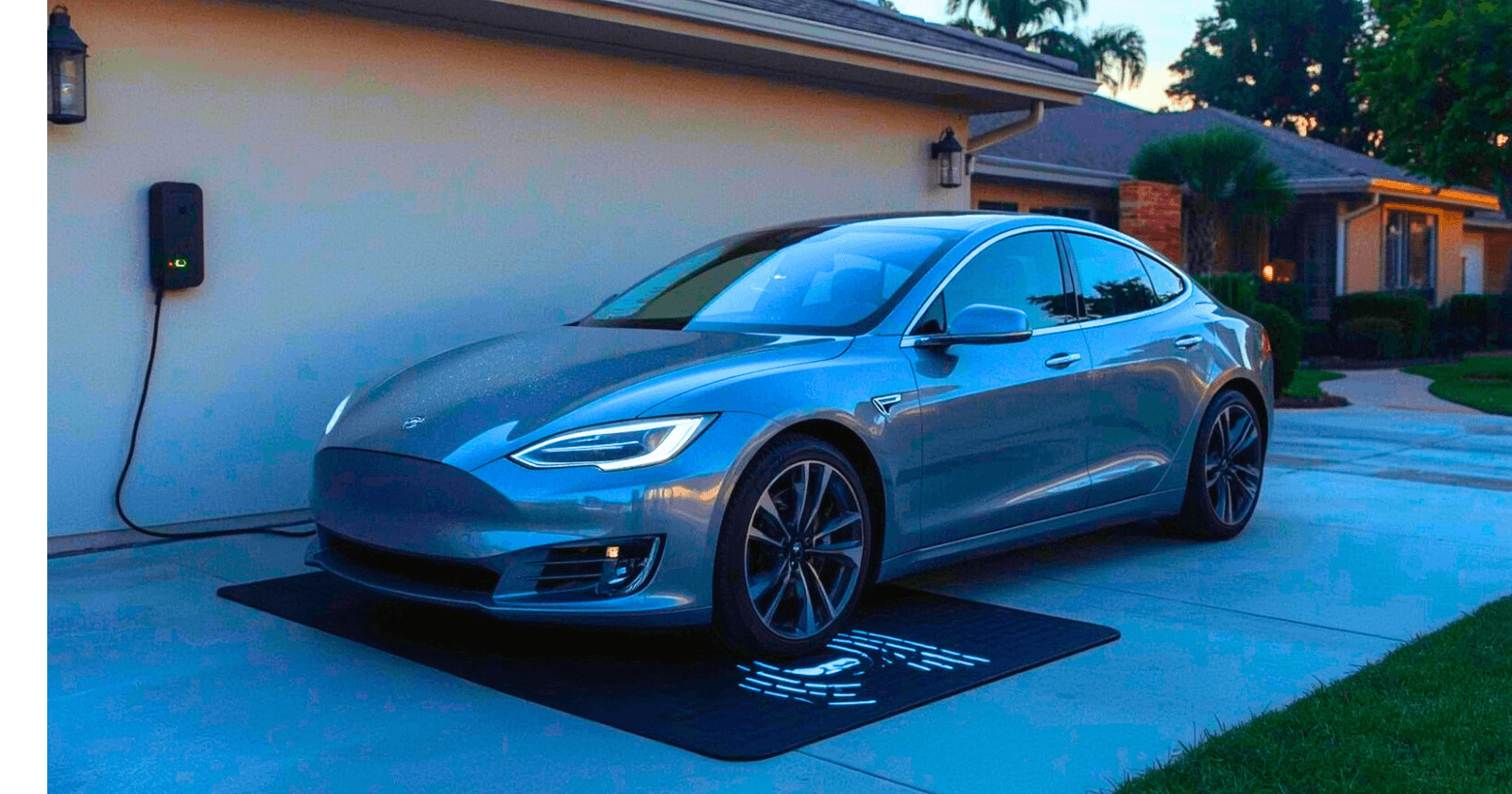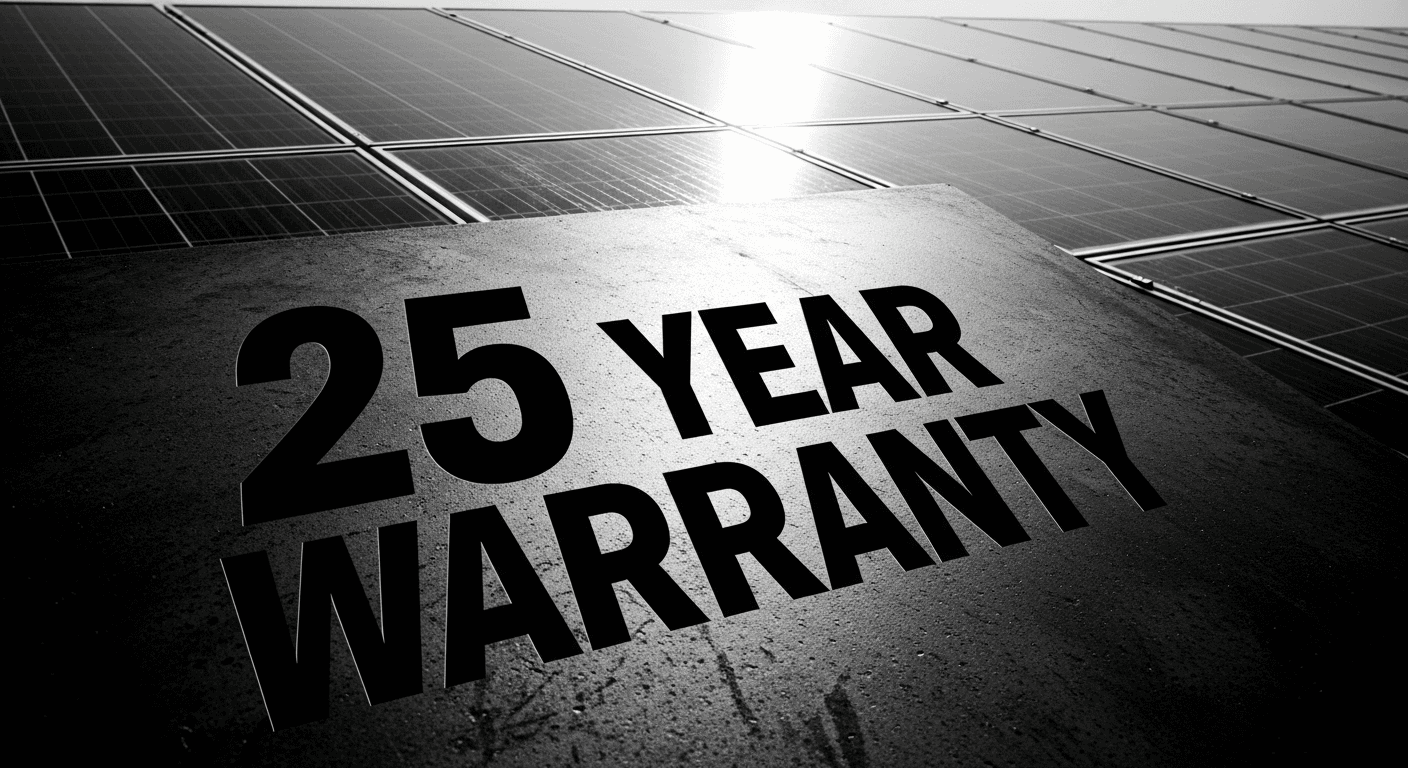The Bottom Line
The 2026 BMW iX3, the first vehicle on the Neue Klasse platform, is a strategic pivot, not an incremental update. Its 800-volt architecture enables a charging speed (400kW) and system efficiency that renders most current 400-volt luxury EVs technically obsolete. This platform isn’t a feature; it’s a new engineering benchmark that forces competitors to re-evaluate their entire powertrain and battery development roadmaps.
BMW’s Neue Klasse iX3: An 800-Volt Declaration of Intent for the EV Industry
For years, the luxury EV space has followed a predictable script: incremental gains in range, marginally faster charging, and ever-larger screens. With the official debut of the 2026 iX3 on its “Neue Klasse” (New Class) platform, BMW is tearing up that script.

While headlines will cite the 400+ mile range, the core engineering story is the one that matters to strategic investors and engineers. The iX3 is the first mainstream luxury EV from a legacy automaker to be architected from the ground up on a next-generation 800-volt electrical system. This move makes most premium EVs on the market today look a generation behind.
Let’s break down the engineering and its market-wide implications.
The Data Point That Changes the Game: 400kW Charging
The iX3’s peak charging speed of 400kW is a figure that directly challenges the entire logistical framework of EV road trips. To contextualize this leap, consider the current landscape:
| Vehicle | Electrical Architecture | Peak Charging Speed | Approx. 10-Min Range Add |
| BMW iX3 (Neue Klasse) | 800-Volt | ~400 kW | ~186 miles (300 km) |
| Porsche Macan EV | 800-Volt | ~270 kW | ~135 miles (217 km) |
| Hyundai Ioniq 5 / Kia EV6 | 800-Volt | ~235 kW | ~110 miles (177 km) |
| Tesla Model Y (Long Range) | 400-Volt | ~250 kW | ~100 miles (161 km) |
| Ford Mustang Mach-E | 400-Volt | ~150 kW | ~60 miles (97 km) |
The Vecharged Reality Check: The iX3’s performance transforms the charging stop from a 25-30 minute pause into a 10-minute logistical equivalent of a gasoline fill-up. This is a critical psychological barrier for mainstream adoption, and BMW has just shattered it.

The Enabler: Round Cells and a Structural Battery Pack
Sustaining 400kW charging speeds is a significant thermal challenge. BMW’s solution is twofold:
- New Round Cells: A strategic shift away from prismatic (rectangular) cells. The key advantages are superior thermal management—essential for dissipating the immense heat from ultra-fast charging—and a 20% increase in energy density.
- “Pack-to-Open-Body” Design: The battery pack is no longer just cargo; it’s a structural element of the chassis. This integration reduces overall vehicle mass and increases torsional rigidity, directly improving both efficiency (range) and handling dynamics.
The Ripple Effect: Why 800V is About More Than Just Charging
A higher-voltage architecture creates a cascade of efficiency gains throughout the vehicle. It’s a fundamental engineering advantage rooted in Ohm’s Law (Power = Voltage × Current). By doubling the voltage, the same power can be delivered with half the current.
The Strategic Implications:
- Reduced Mass: Lower current allows for significantly thinner, lighter, and cheaper copper cabling throughout the vehicle. This weight reduction directly translates to increased range and better performance.
- Minimized Thermal Waste: Resistive heat loss is proportional to the square of the current (
P = I²R). Halving the current reduces energy wasted as heat by a factor of four. This means more energy from the battery is converted into motion, boosting overall system efficiency from ~85-90% closer to ~92-95%.
The Verdict: The New Price of Admission for a Premium EV

The 2026 BMW iX3 is an engineering declaration. It signals that the era of simply matching competitors on range and 0-60 times is over. The new battleground is system-level efficiency and charging logistics.
BMW has drawn a line in the sand. With a ground-up 800-volt platform, it has redefined the technical requirements for a “next-generation” premium EV. For years, automakers have been playing catch-up to Tesla’s network. With the Neue Klasse platform, BMW is proving that the future belongs to the vehicles engineered to exploit that power most effectively. The 800-volt revolution has officially gone mainstream, and 400-volt systems are now on the clock.

Suhas Shrikant is the founder of Vecharged and an engineering enthusiast specializing in high-power off-grid solar systems. He has designed and built over a dozen custom systems and uses his hands-on, field-tested experience to create Vecharged’s expert guides and reviews.















